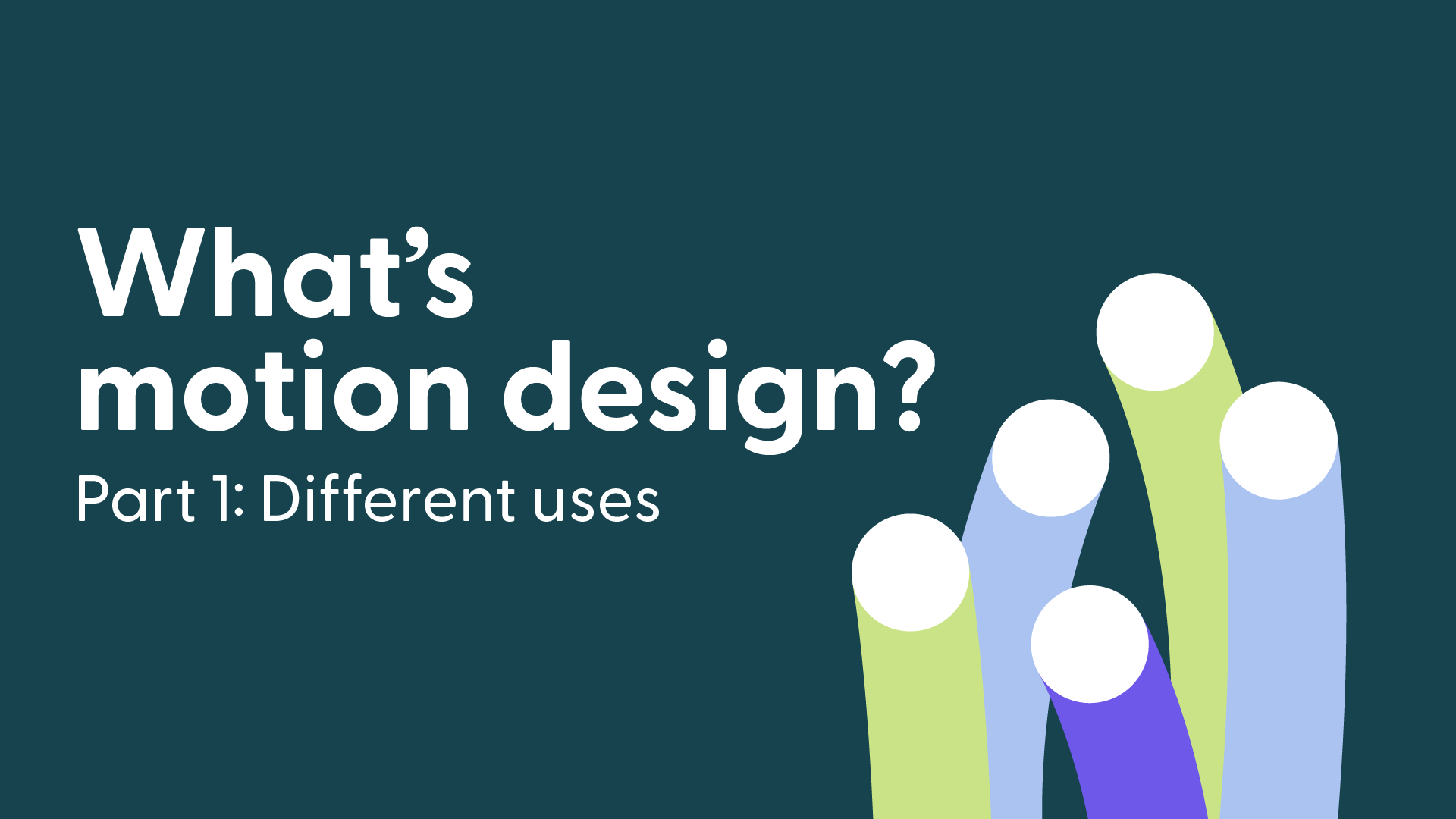The term "motion design" is a contraction of "motion graphic design." At our core, we are graphic designers who use motion to convey messages. However, it’s a complex profession that even motion designers sometimes struggle to explain. Motion design is not limited to just technique or style; a motion designer has skills in many areas, including graphic design, 2D, 3D, editing, sound, and illustration. Motion design is a powerful tool that communicates effectively by capturing the audience's attention.
To understand the various applications of motion design, we offer a four-step definition:
1 - Different uses
First, let’s look at the different use cases. Motion design is everywhere and plays a crucial role in various fields. It's found in films and television to create memorable titles and special effects. In both internal and external communications, it helps companies convey important messages clearly and engagingly. On social media, it captures attention with dynamic, attractive content. In advertising, it highlights products and services with impactful animations. Finally, it’s also used in entertainment to enhance the viewer's experience with visual elements.
a. Explainer
Often used on a website's homepage, the explainer video is a classic format lasting one to two minutes. It clearly and concisely presents a concept, product, or service, helping consumers quickly grasp the essence of your brand. This approach can significantly boost sales by making your offer more accessible and attractive.
b. Motion system
A branded animations’ kit can include elements such as titles, transitions, and background loops, offering increased visual coherence and flexibility. These animations are often customizable, allowing them to be adapted to each project while maintaining the brand’s DNA. Creating a motion system allows you to produce all the animated elements of a product or brand, leading to long-term cost savings.
c. Advertising
Designed to grab attention and create desire, ads typically last between 5 and 30 seconds. They focus on promoting consumer benefits rather than providing a detailed explanation of the product or service. Their goal is to inform the public about a new offering and encourage use or purchase.
d. Showcase
To enhance a case study on your website or social media, a short animated video can be an asset. Case studies are often written to showcase recently completed projects, and adding an animated video makes the presentation even more engaging and dynamic.
e. Awareness
Designed to raise public awareness and prompt action, these videos can encourage donations to a charity, volunteering, or simply raising awareness about an issue. Awareness campaigns often use real people's stories, and animation is the best media for preserving anonymity while illustrating more abstract concepts.
f. Data visualization
This is the animated version of infographics. This type of video is used to visualize data in a more engaging and digestible way. It can be used for internal or external communication — to present annual results, or the key figures of your environmental and social actions, for example. This type of video is also widely used in documentaries to visualize data or explain something complex.
g. Internal communication
Some companies need to communicate internally. To thank their employees, train them, or share company goals or quarterly results, motion design videos can make these messages more attractive and memorable.
h. Opening / Ending titles
In the audiovisual industry, opening and closing titles are essential for introducing or concluding a work. They can be found in films, TV series, video games, documentaries, TV shows, and even special events. By setting the tone, mood, and visual identity, they play a key role and are often memorable, sometimes becoming iconic.
i. Music video
Music videos leverage motion design to visually enhance the music with innovative and dynamic animations. These visuals can add an aesthetic dimension, illustrate lyrics, or even tell a story, thus complementing the musical experience in a captivating way.
j. Teaser
Teasers are short videos designed to generate interest and anticipation before the launch of a product, event, or project. They are usually mysterious and captivating, revealing just enough information to pique the audience's curiosity without giving everything away.
See you next week to discover part 2: content.
Have a great week!


